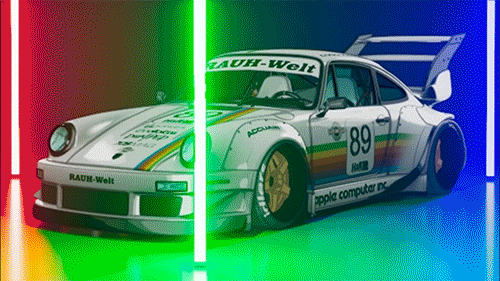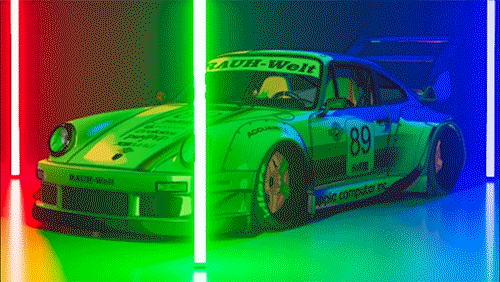Base (Toon) - Arnold User Guide
Weight
The base color weight.
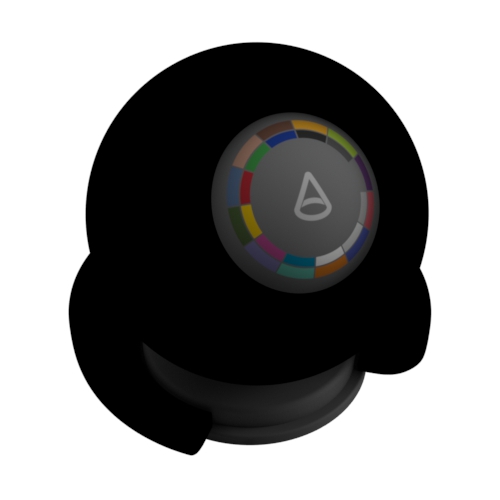 |
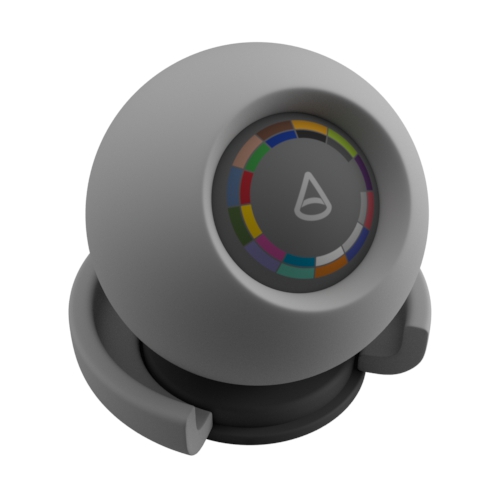 |
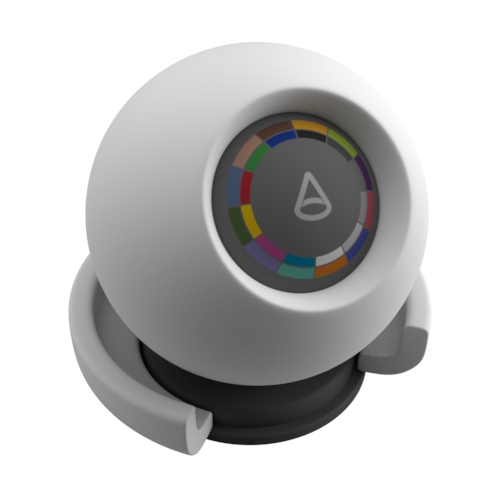 |
| 0 | 0.5 | 1 |
Surface Normal Direction
When rendering diffuse surfaces, it is very important that the normals of the geometry face in the right direction. In the example below, you can see the difference between normals that are facing inwards in the wrong direction (left side) versus those that are facing correctly in the outward direction (right side).
 |
 |
Color
The Base Color sets how bright the surface is when lit directly with a white light source (intensity at 100%). It defines which percentage for each component of the RGB spectrum that does not get absorbed when light scatters beneath the surface. Metal normally has a black or very dark base color; however, rusty metal needs some base color. A Base Color map is usually required.
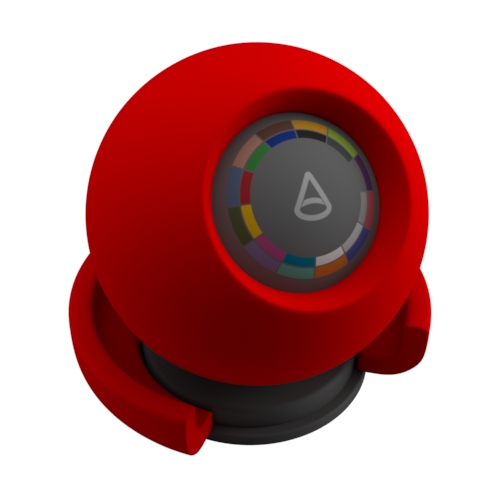 |
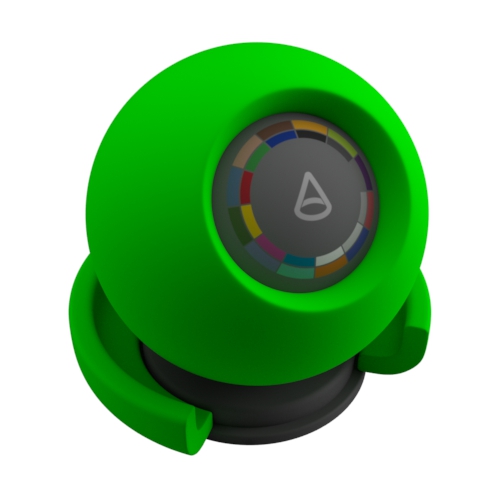 |
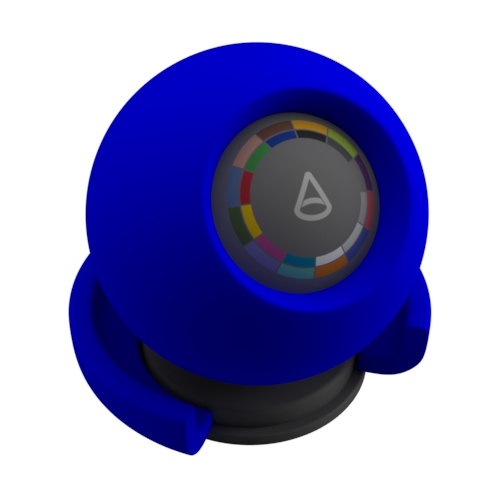 |
| red | green | blue |
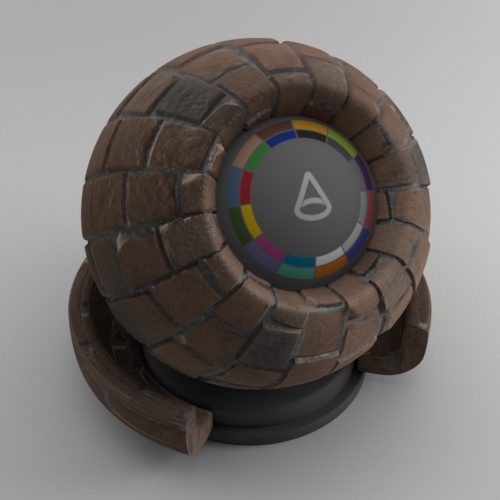 |
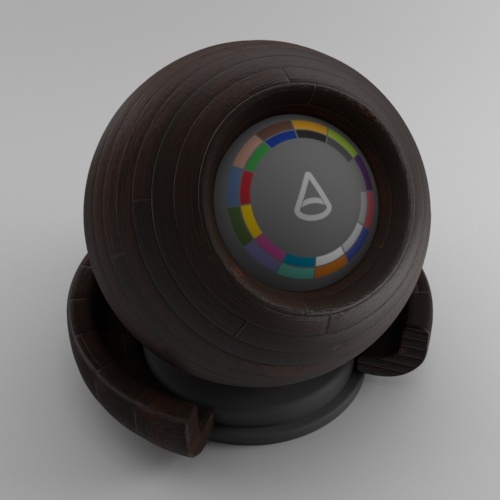 |
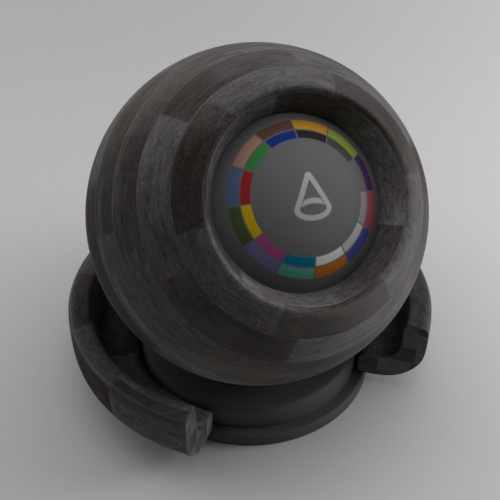 |
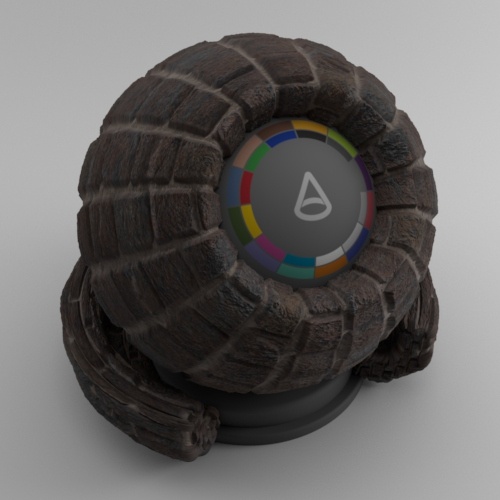 |
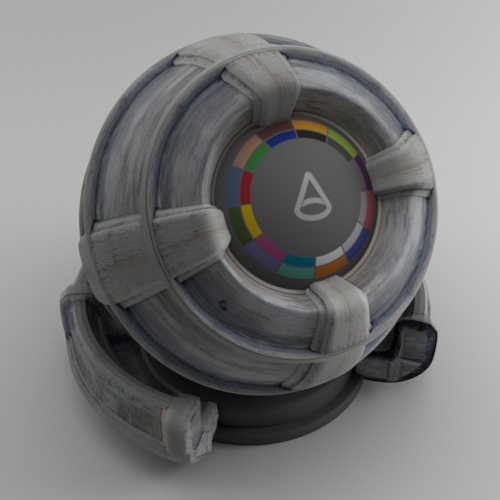 |
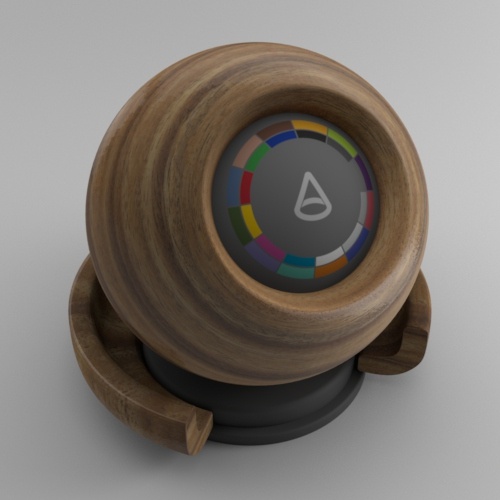 |
Diffuse file texture > Base Color
Tonemap
Connect a ramp node here to create a cell look (regarded as a tone map).

Skydome Light

Distant Light
Note that the appearance of the Base Tonemap (using a Ramp RGB) appears very different with a Distant Light (hard gradation, below center image) compared to that of a Skydome Light (soft gradation, below right image).
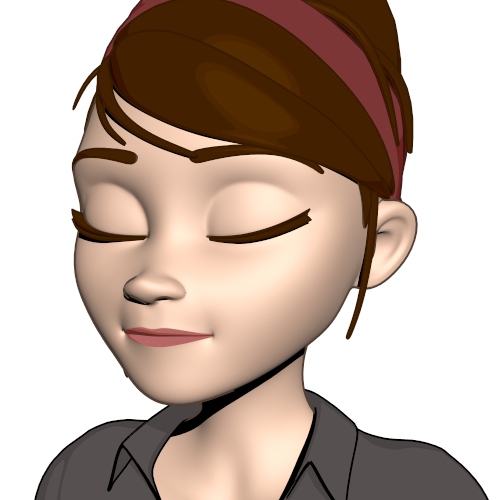 |
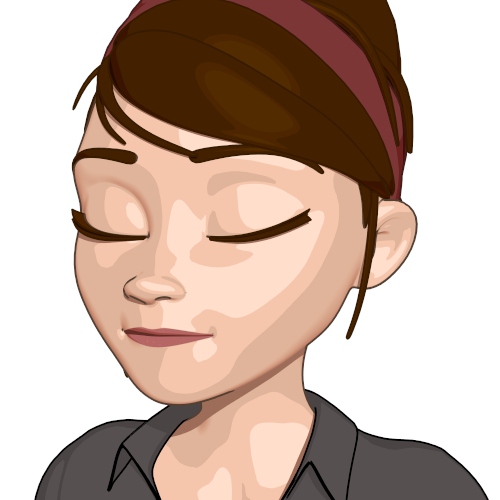 |
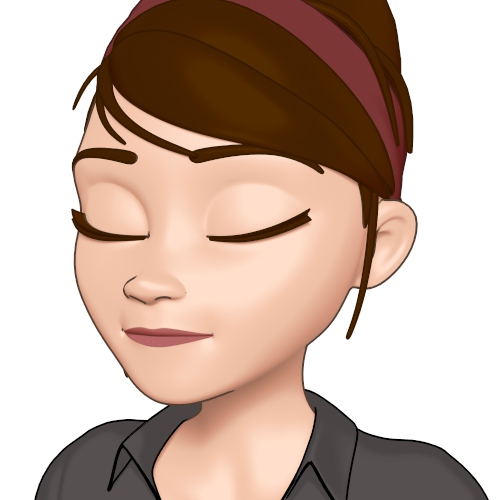 |
| No Ramp RGB (Base Color only) | Ramp RGB -> tonemap (Distant Light) | Same Ramp RGB -> tonemap (Skydome Light) |
Adjusting light Exposure will have an effect on the Base Tonemap.
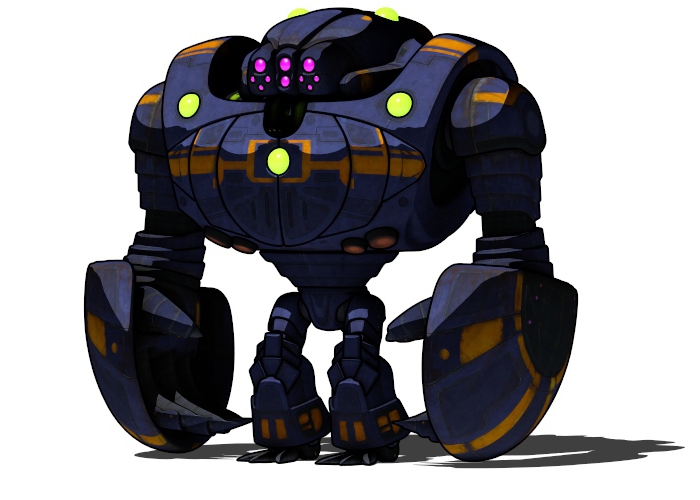 |
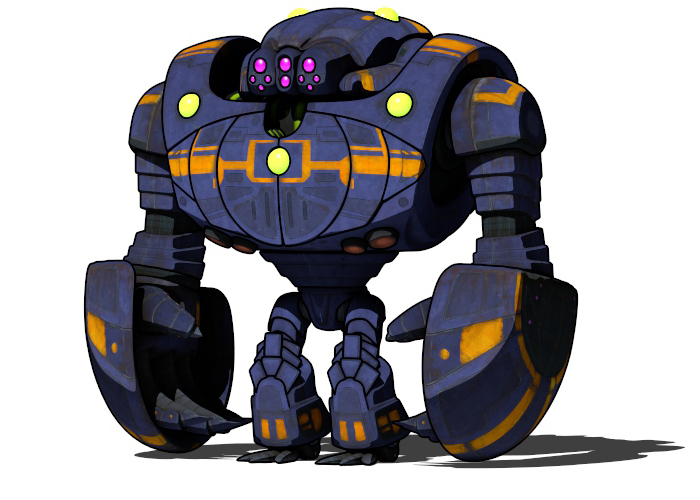 |
| Light Exposure: 2 | Light Exposure: 3 |
The Base Tonemap has a multiplier effect on the Base Color. The direct diffuse of the Base Tonemap is mapped onto the UVs and then the ramp is evaluated.
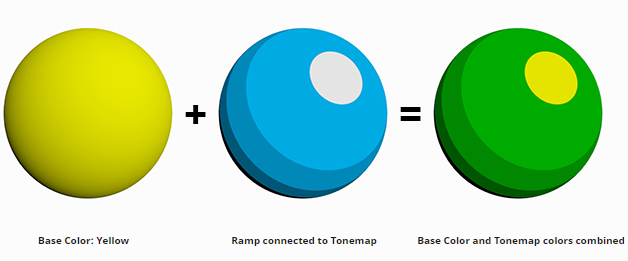
Stylistic effects can be achieved when connecting different shaders to Base Color or Base Tonemap.
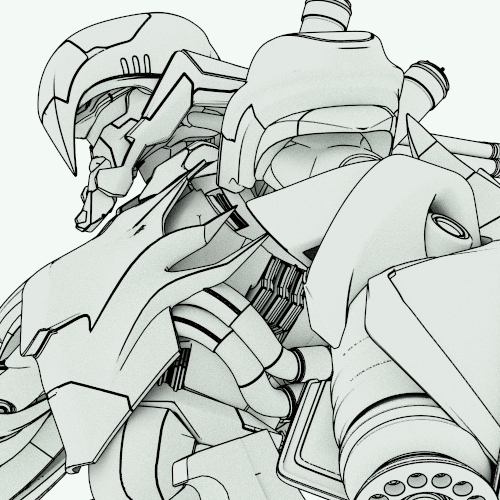 |
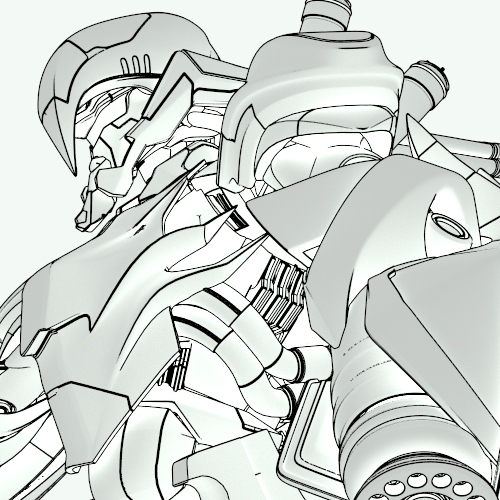 |
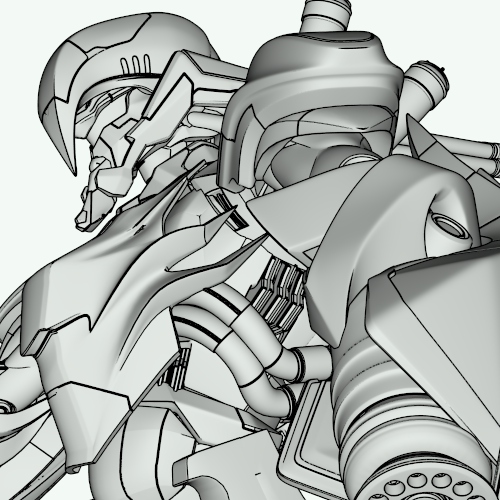 |
| ambient occlusion | flat | ndoteye |
Shading Modes of Utility shader
Tonemap Hue Saturation
When the hue and saturation tonemaps are used in conjunction with the pre-existing tonemap, the pre-existing tonemap parameter will only be used for the value (a sort of brightness) in the direct light of the HSV mapping, whereas without it would produce full RGB colors mapped to the value of direct light. This allows for the full set of HSV components to be mapped independently through these two shader parameters.
The connected shader's U coordinate drives direct light hue and the V coordinate drives saturation, which enables these textures to map the toon shader's response to colored lighting.
Base Tonemap Hue Saturation only affects direct colored light.
without Tonemap Hue Saturation with Tonemap Hue Saturation, the tone mapping reacts to colored lights
Below are variations of the color palettes used for the Base Tonemap Hue Saturation. In theory, any image could be used here as long as it has some suitable saturated colors.
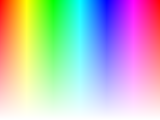 |
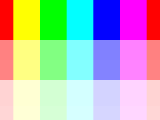 |
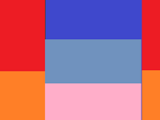 |
| 1:1 mapping of the hue & saturation. A physical representation of what the light would look like. | A quantized version of the 1:1 mapping using 18 different cells with different levels of saturation. | An exaggerated version with sharp transitions between the red and blue tones. |
Ensure to set the Image shader's Wrap U and Wrap V to Clamp and Filter Type to Closest for best results. The reason why the Image shader Clamp is required is because, by default, the Image shader will wrap around and tile the texture values when the UV coordinates go beyond the 0 to 1 range. So in this example, the saturation is very high, causing the texture lookups to have a high value in the V coordinate (1 or near 1). That high V coordinate value with a texture that wraps around will start averaging in pixel values from the bottom edge of the texture, which are usually white or near white. When set to Clamp, there is no averaging with the pixel values at the bottom edge.
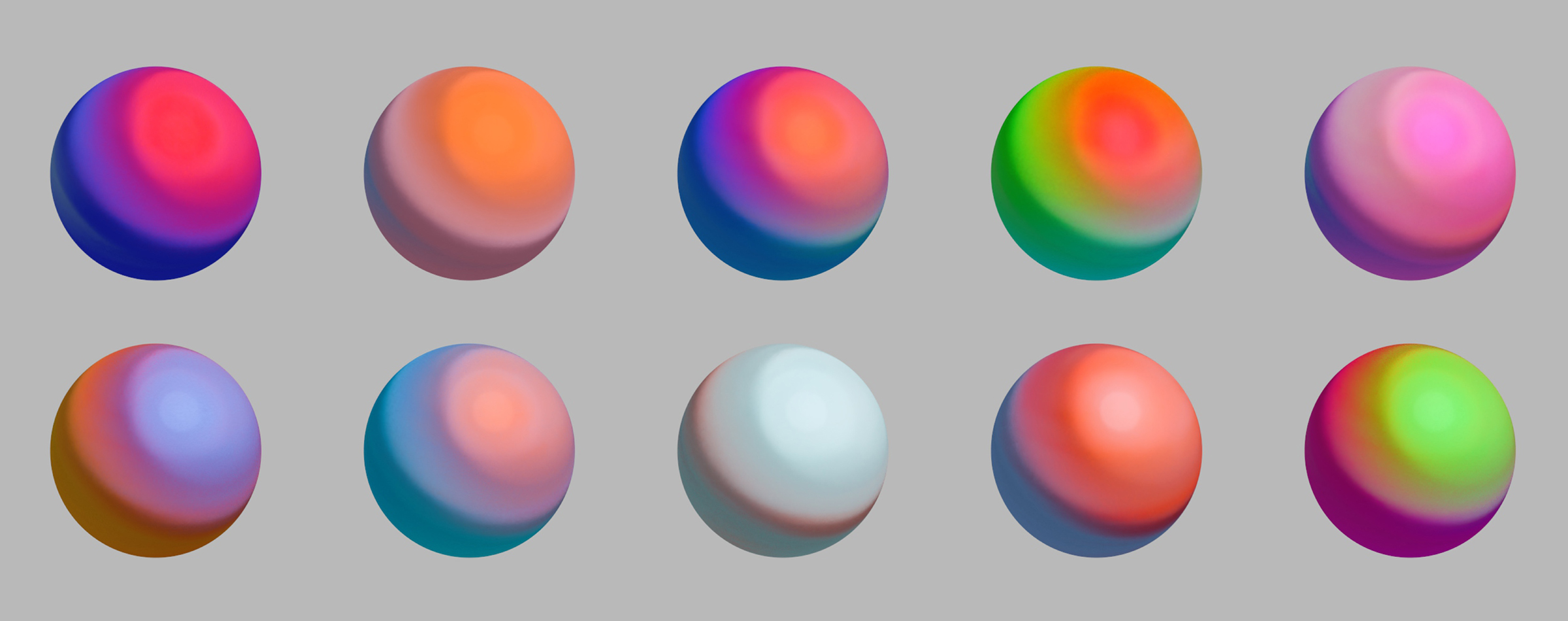
Various saturated color images -> Tonemap Hue Saturation
Notice the sharp transitions between the red and blue tones using the exaggerated map on the Sven model (below left).
 |
 |
| Color palette images -> Base Tonemap Hue Saturation | image.offset_u: 0 to 1 (light color is unchanged) |
The Image UV Coords can be used to control the effect of the Base Tonemap Hue Saturation. This effect can be seen in the example images below.
 |
 |
| No Base Tonemap Hue Saturation | Image -> Base Tonemap Hue Saturation |
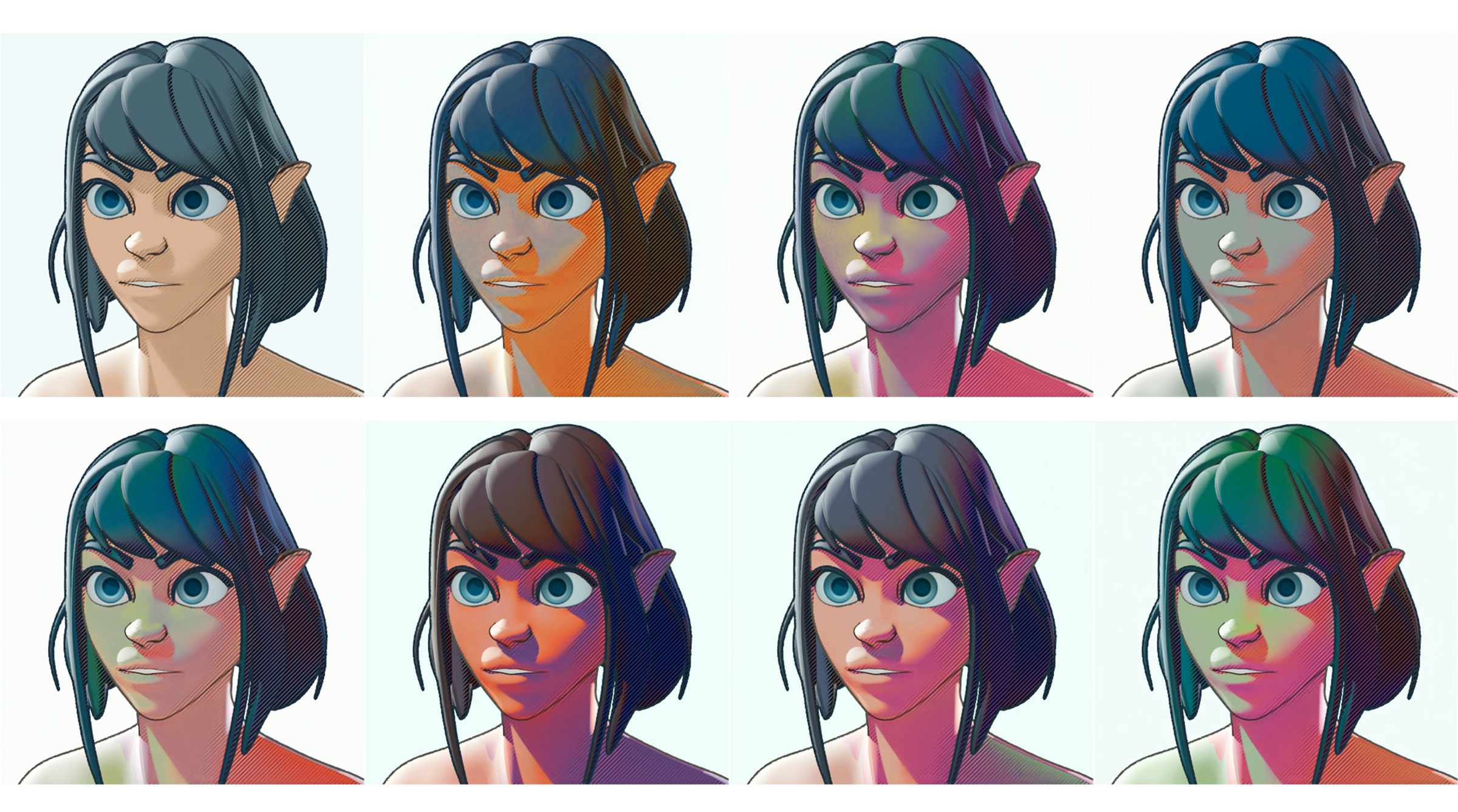
Image -> Base Tonemap Hue Saturation. The Image UV Coords have been offset for each example (first image has no Base Tonemap Hue Saturation).
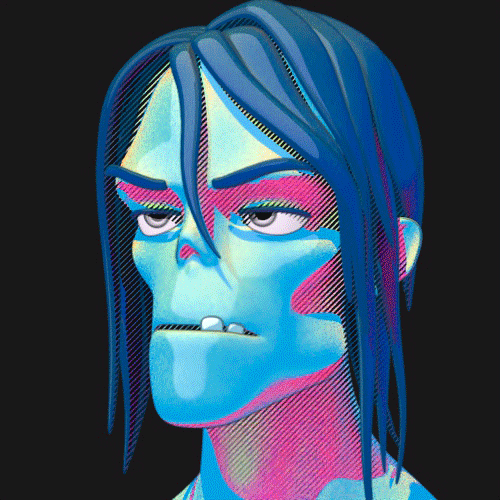 |
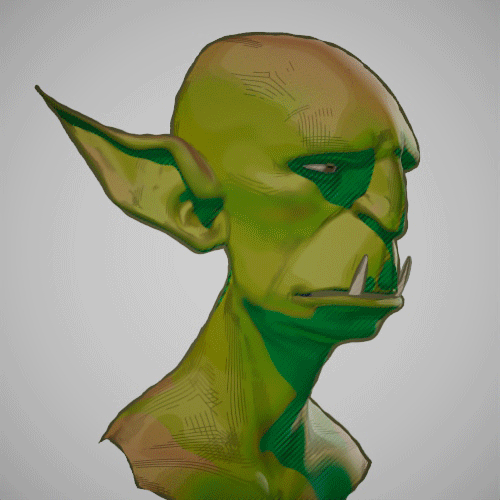 |
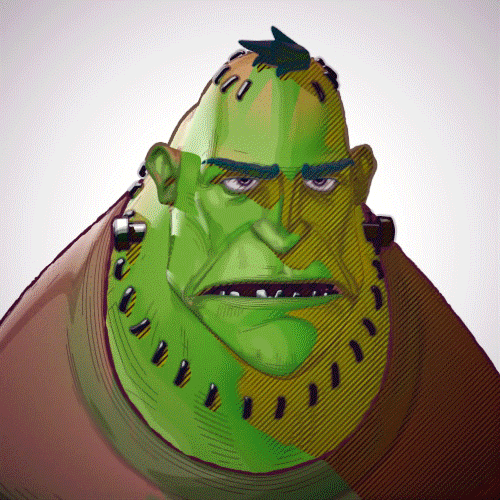 |
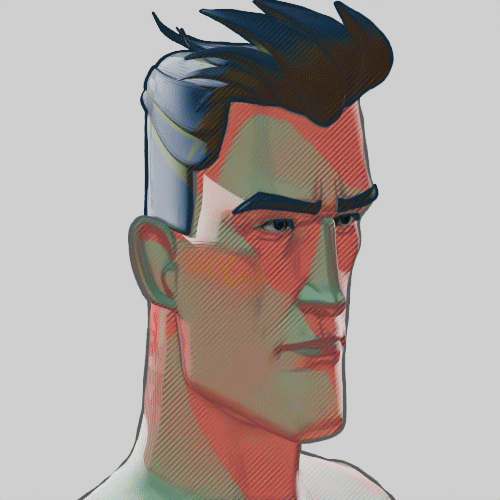 |
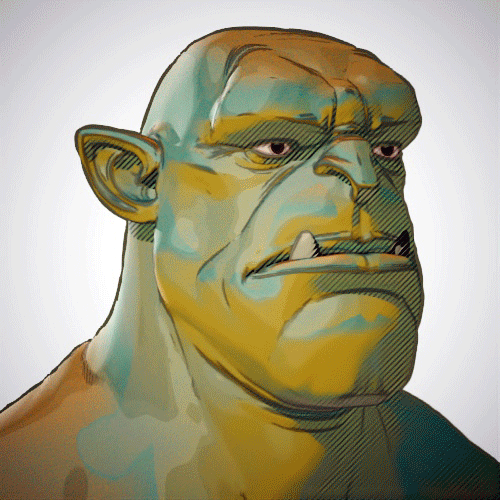 |
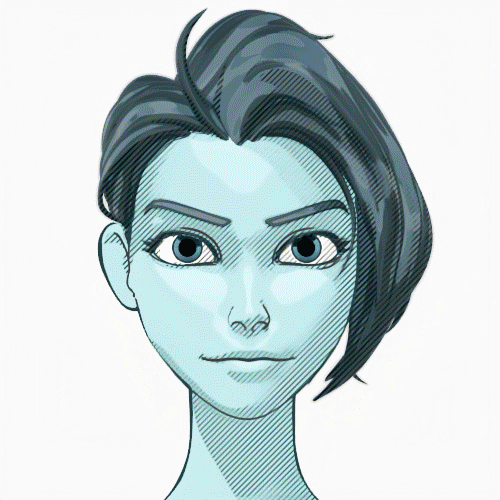 |
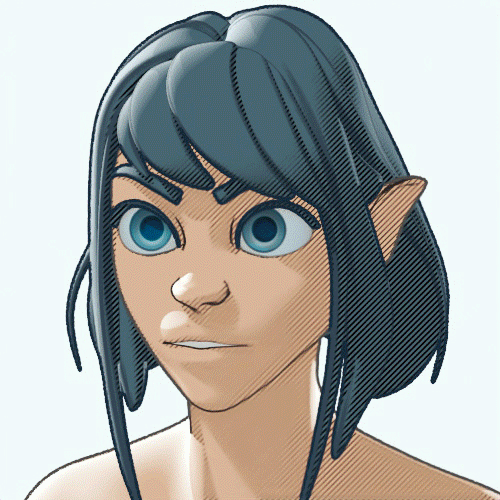 |
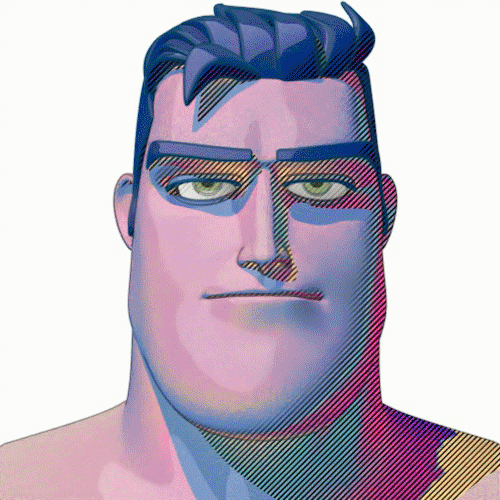 |
Further examples using various saturated color texture maps connected to Base Tonemap Hue Saturation

